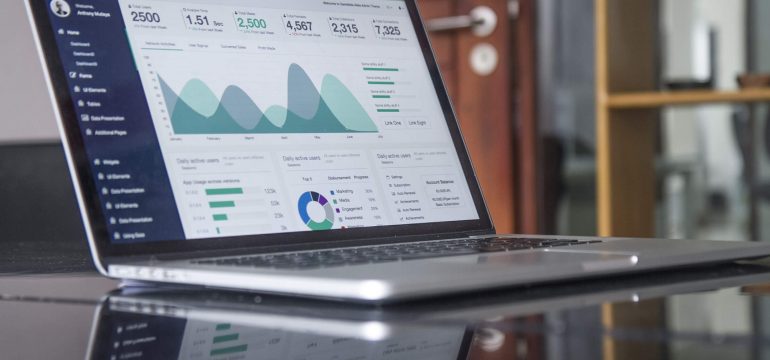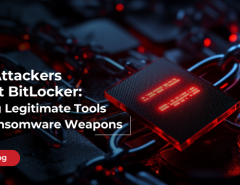If 2016 was the year of data breaches, 2017 might just well take things to a whole new level; precisely when it comes to cybersecurity threats. Hackers have newer tools in their arsenal which have multiplied difficulties for organizations— regardless of their size and nature of work. The WannaCry ransomware attack that shook the cyber space was a prime example of the lingering cybersecurity crisis plaguing the online domain. However, companies and the associated IT heads, in 2017, need to be proactive when it comes to securing the data sets and confidential information. That said, proactivity is a brainchild of existing trends and predictions which need to be comprehended and summarized to devise specific strategies for combating the cyber-attackers.
Prediction 1: Increased requirements for cybersecurity skills
Cybersecurity skills are elusive and definitely in high demand. The global shortfall of these skills has left organizations vulnerable to threats. Driven by constant requirements, most companies are currently looking to hire cybersecurity specialists, and things are expected to remain quite similar for the rest of 2017. Based on the data released by Bureau of Labor Statistics, cybersecurity job postings have increased by almost 74 percent— over the last few years. In addition to that, the requirements are further going to increase by 53 percent— moving into 2018.
Prediction 2: Ransomware will continue being a threat
There hasn’t been a strategy that could eliminate ransomware from the scheme of things. Although 2017 might show up with a few proactive approaches, ransomware will continue to rule the roost— especially when the multiple cybersecurity threats are concerned.
In simpler terms, ransomware stands for an advanced threat that can completely paralyze data systems, thereby asking for ransoms from the concerned authorities. Although the odds are in favor of ransomware attacks, enterprises can gain an advantage by backing up data, training employees regarding the existing signs of threats and investing in robust anti-ransomware products.
Prediction 3: IoT will amplify cybersecurity threats
IoT coverage is growing quite rapidly, and by the end of 2020, there will surely be around 24 billion connected devices across the globe. As predicted by Gartner, almost half of the existing businesses will be using Internet of Things in some or the other way by 2020. However, as simple as it seems, IoT isn’t exclusive to the enterprises and can quickly open up the security weakness of organizations, in front of the hackers. That said, with the rise of IoT adoption, it is expected that cybersecurity issues like DDoS attacks will also crop up courtesy advanced hacking systems and techniques. CISOs and CIOs should, therefore, be vigilant enough regarding the potential security gaps and must aim at implementing robust solutions for organizational safety.
Prediction 4: Cloud security will be prioritized
The growth of Big Data and digital ecosystems have simplified the way we look at cloud computing. With the online domain relying heavily on cloud-based infrastructure, 2017 will see enterprises shifting towards cloud security in a more celebrated manner. Security guidelines pertaining to the cloud environment will be prioritized, thereby mitigating the concerned threats. Majority of cyber-attacks are initiated via the cloud and in 2017 organizations will surely fine-tune their strategies for staying one step ahead of the attackers.
Prediction 5: Third-party partners to be scrutinized further
Every security system and concerned policy will fail if the third-party service providers aren’t subjected to higher levels of scrutiny. Most of the security compromises are made at the Point-of-Sale which signifies the loose ends left by the compromised vendors. Third-party risk management— which is an underrated aspect of cybersecurity— will get its due in 2017.
When it comes to understanding the industry trends regarding cybersecurity, leaders should look at balancing risks, usability, resilience and the prices— all at the same time. Every prediction that doesn’t consider all these factors is expected to be more of an assumption and less of a validated proposition. Now when the expected trends for the rest of 2017 are out in the open, companies must leverage the same for gaining control and attaining visibility.
As an IT security partner for your business, Seqrite provides comprehensive endpoint security from advanced cyber threats. To know more, visit our website or




